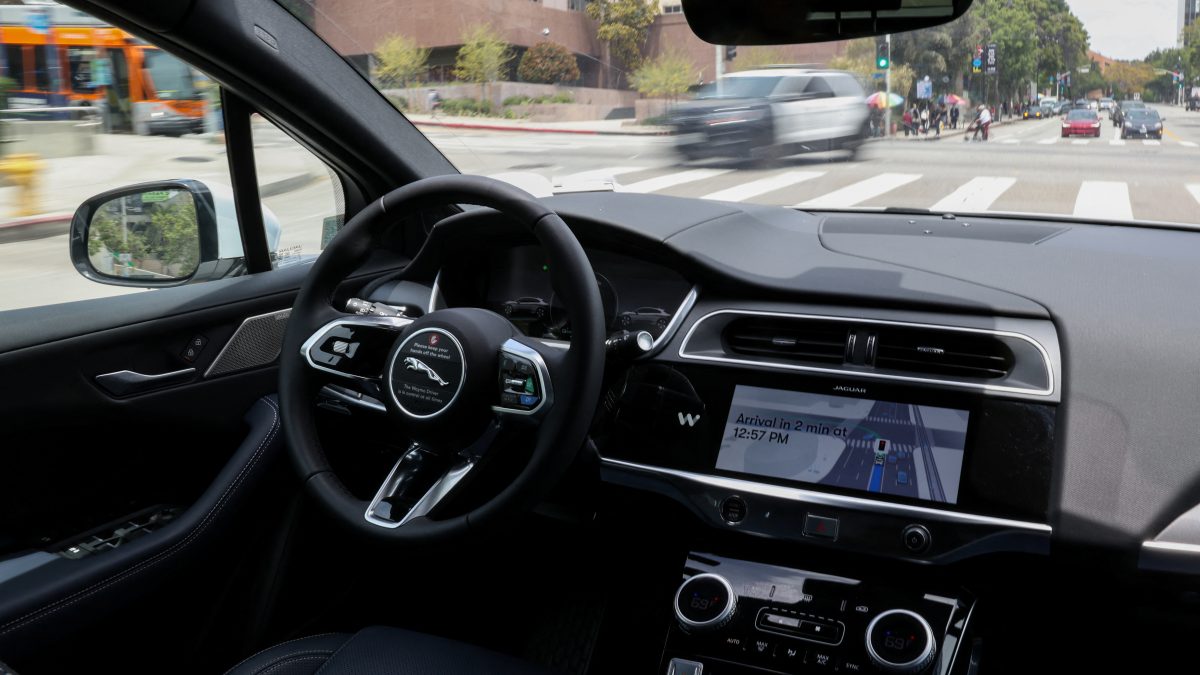Imagine a workplace where IT managers oversee not just servers and networks but a digital workforce of AI helpers. This futuristic scenario was outlined by NVIDIA CEO Jensen Huang during the company’s CES 2025 keynote, which captivated a buzzing crowd of 12,000 at the Michelob Ultra Arena. With an atmosphere more akin to a tech-powered rock concert, the event highlighted NVIDIA’s relentless drive to redefine industries through artificial intelligence.
Huang’s presentation sent NVIDIA shares up by over 3 per cent, reflecting investor enthusiasm for the company’s ongoing innovation streak. From bold predictions about AI in the workplace to unveiling cutting-edge hardware, the keynote showcased a vision of AI becoming as integral to businesses as their human workforce.
IT Departments: The new AI HR teams
Huang predicted a dramatic transformation in the role of IT teams, suggesting they’ll soon act as HR managers for AI agents. Instead of just troubleshooting tech issues, these teams would handle recruitment, training, and performance monitoring for AI workers.
These digital assistants, he said, would be tailored to fit each organisation’s specific needs, blending seamlessly into their operations. Judging by the audience’s cheers and applause, the vision of tireless, customised AI workers clearly struck a chord.
Project Digits and the power of desktop AI
The event wasn’t just about big ideas—it also delivered on hardware. NVIDIA revealed Project Digits, a desktop AI supercomputer powered by the new GB10 chip. Compact yet powerful, the GB10 builds on the GB200 platform used by tech giants like Google and Tesla.
Project Digits boasts 128GB of unified memory and 4TB of storage, making it a high-performance AI device that can sit on a desk instead of residing in distant data centres. Huang hinted at a May release, sparking excitement among tech enthusiasts.
AI meets the physical world
In a forward-looking finale, Huang discussed “physical AI,” where robots can interact with the world by understanding the laws of physics. Through the Cosmos World Foundation Model and Isaac GROOT Blueprint, NVIDIA is enabling robots to learn tasks in virtual environments before taking them to the real world. This development, he suggested, could accelerate the adoption of autonomous systems in manufacturing and logistics.
With a bold vision of AI working alongside humans, NVIDIA’s keynote left the audience buzzing about the possibilities. Whether this future is thrilling or unsettling, one thing was clear—NVIDIA is steering full throttle into a new era of innovation.


)

)
)
)
)
)
)
)
)



